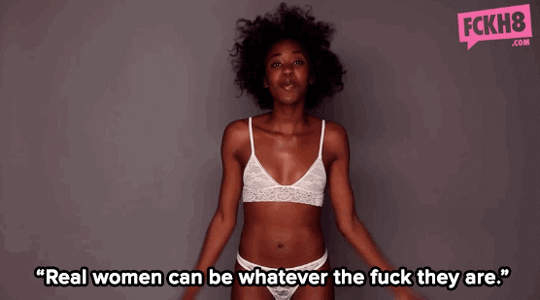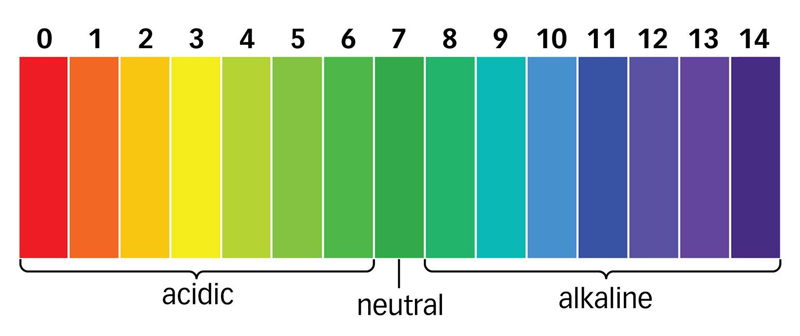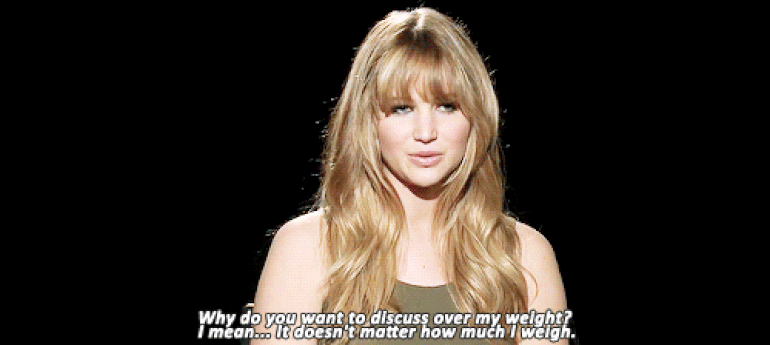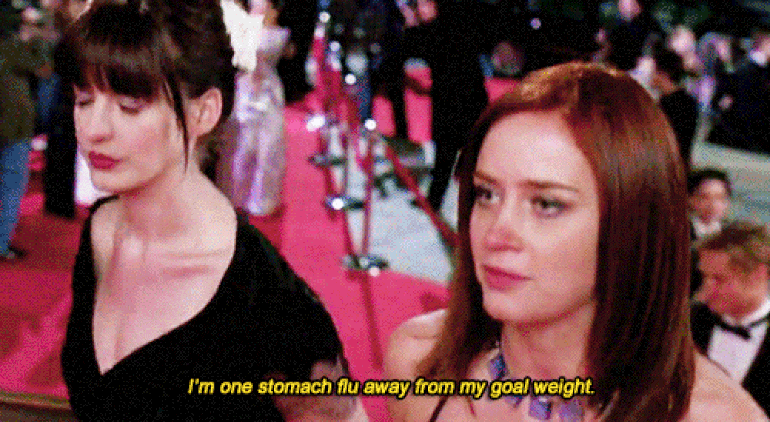Reading some of the negative reactions to my article “Why We Need to Be More Critical of the Body Positivity Movement” affected me deeply — not because they disagreed with me, but because many of the comments expressed the immense difficulties faced by people struggling with weight and body image issues.
As someone who has struggled and continues to struggle with eating disorders, I know that no one should have to feel this pain, and I truly never meant to insinuate otherwise. However, these comments showed me that I may have done just that by oversimplifying the issue.
I still stand by my original point that we need to study and analyze the current methods of the body positivity movement, but I should have recognized how nuanced our approach must be. I want to thank the people who responded to my article for pointing out these key points I missed the first time around:
1. Differentiating Methods from Goals

Gif courtesy of giphy.com
I should not have simply said “body positivity movement” because this lumps together the outcome with the action. The goals espoused by this movement, such as encouraging self-acceptance and fighting eating disorders behaviors (an alarmingly common issue among college woman), are undeniably positive.
What I think we need to research are the methods we use to achieve these goals. We always need to ask ourselves if we are promoting body positivity in the best possible way in order to bring about physical and mental health.
2. Remaining Neutral

Photo courtesy of Ultimate Finish
In my original article, I suggested that we should not assume the methods of the body positivity movement are good without first researching their effects. In doing so, I may have swung in the opposite direction, assuming a negative impact. That doesn’t work either.
Anyone who has taken a science course knows that researchers must be neutral about their subject. If we really want to best understand how the body positivity movement could impact our society, we cannot approach it with either a positive or negative bias.
3. Focusing on the Media, Not on Individuals

GIF courtesy of tumblr.com
Consumers dictate what the media does, and the media’s actions influence consumers’ beliefs and values (especially susceptible children and teens). Therefore, we need to scrutinize our relationship with the media in order to figure out how to perpetuate positive messages about mental and physical health.
However, we cannot let such research devolve in to trying to find the “best” way to live. We must remember that how another chooses to live their life is up to them, and it is not a stranger’s right to tell them otherwise.
4. Avoiding the Opposite Extreme

GIF courtesy of tumblr.com
My previous article focused on the representation of obese bodies in mass media because that is one popular approach to body positivity. However, we must keep in mind that these actions are being taken in response to the overrepresentation of unhealthily skinny bodies (which is such a large issue, France had to make it illegal). When looking critically at one side of the extreme, we must not inadvertently swing back to the other.
5. Addressing Other Factors

Photo courtesy of scientificamerican.com
Weight and body image are both affected by a myriad of biological, sociological, and psychological factors, many of which are out of an individual’s control. When studying the influence of cultural factors, we cannot to forget to acknowledge and address others (like food deserts).
Understanding the many factors that play into mental and physical health will help ensure that everyone has the opportunity to live a long and full life, and I still believe critically studying the methods of the body positivity movement is a part of that process.
However, I should not have presented this task as so cut-and-dry. It is undeniably complex. So let’s keep the discussion going about how to study the body positivity movement. Let’s figure it out together.




